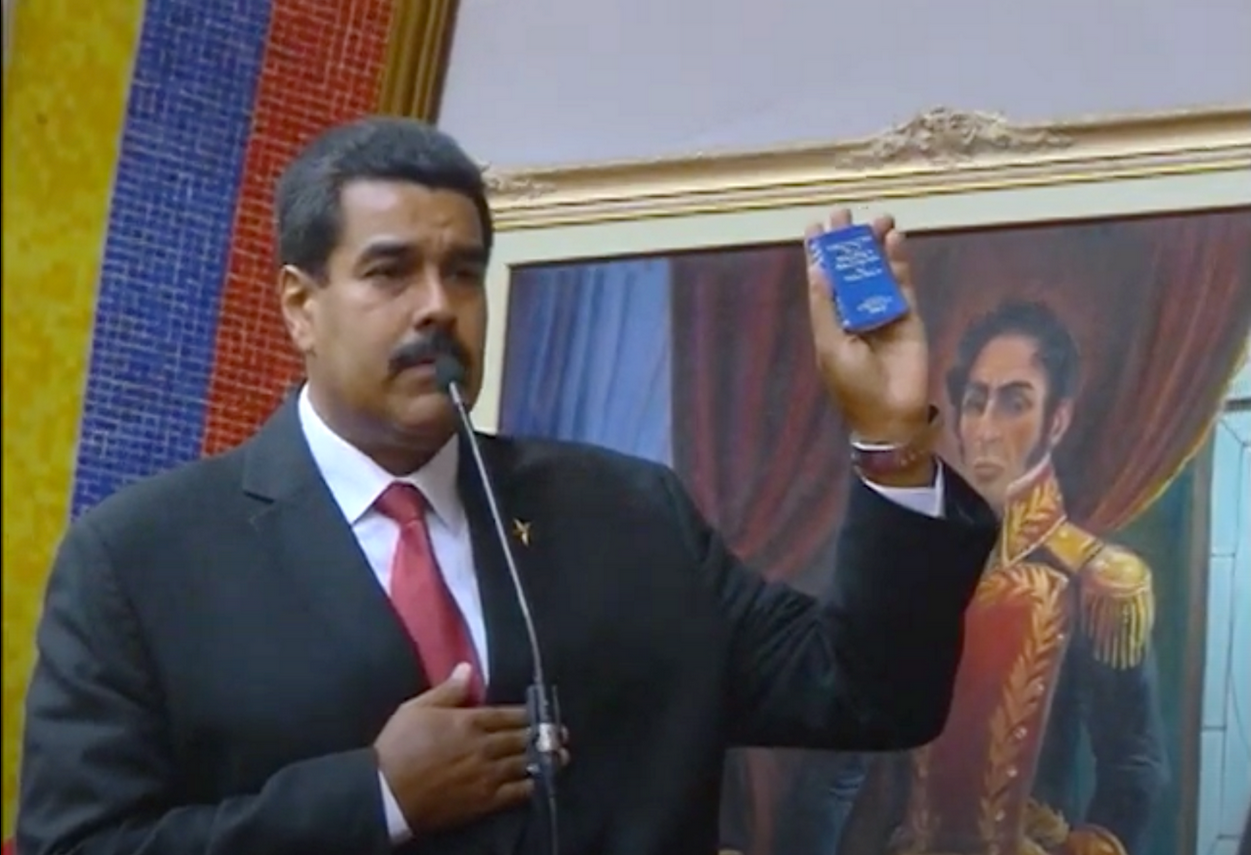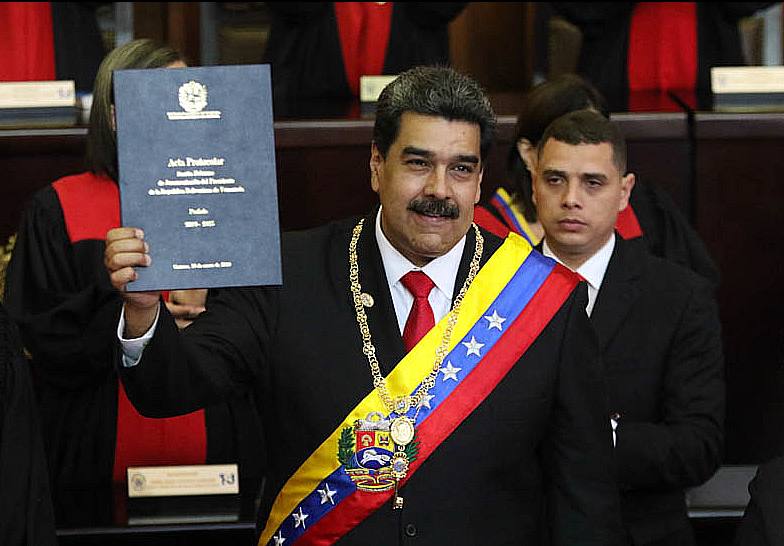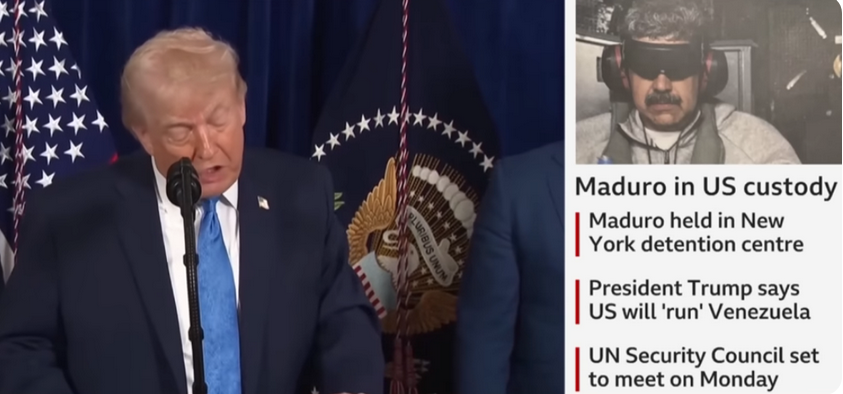Marian Wright Edelman
These words are from the 1968 summary report by the National Advisory Commission on Civil Disorders, known as the Kerner Commission after its chair, Illinois Governor Otto Kerner, Jr.
“[The summer] brought racial disorders to American cities, and with them shock, fear and bewilderment to the nation.
The worst came during a two-week period in July, first in Newark and then in Detroit. Each set off a chain reaction in neighboring communities . . .
What happened? Why did it happen? What can be done to prevent it from happening again?”
President Lyndon B. Johnson created the Commission to study the causes of the “racial disorders” that had erupted across the country during the summer of 1967. But substitute July 2016 for July 1967; change the place names to Baton Rouge, Dallas, and St. Anthony, Minnesota, and this passage could have been written today.
In 1967 the “disorders” resulted in weeks of devastating rioting, violence, and deaths. Then as now, frustration with aggressive policing precipitated more violence. The Newark riots began after a Black cab driver was arrested and beaten after passing a double-parked police car; the Detroit riots started after police raided an illegal after-hours club hosting a party for two Black veterans who had just returned from Vietnam.
The riots during the “long, hot summer” of 1967 followed earlier ones during the 1964, 1965, and 1966 summers that left many Americans terrified that violence would continue to escalate with no end and no solutions. But the Kerner Commission Report determined that ending the violence needed to start by acknowledging the persistent American truth at its root:
This is our basic conclusion: Our nation is moving toward two societies, one black, one white—separate and unequal.
Reaction to last summer’s disorders has quickened the movement and deepened the division. Discrimination and segregation have long permeated much of American life; they now threaten the future of every American.
This deepening racial division is not inevitable. The movement apart can be reversed. Choice is still possible. Our principal task is to define that choice and to press for a national resolution.
To pursue our present course will involve the continuing polarization of the American community and, ultimately, the destruction of basic democratic values.
The alternative is not blind repression or capitulation to lawlessness. It is the realization of common opportunities for all within a single society.
This alternative will require a commitment to national action—compassionate, massive and sustained, backed by the resources of the most powerful and the richest nation on this earth.
From every American it will require new attitudes, new understanding, and, above all, new will.
The Kerner Commission did not believe our country was doomed to a permanent cycle of rioting and racial division and offered specific recommendations. The majority of them centered on creating economic opportunity for Black citizens imprisoned in concentrated segregated poverty.
Others addressed hiring and training more diverse police forces. An entire section was devoted to education with special concern about the poor reading and math skills and low graduation and employment rates of millions of Black students stuck in predominantly Black, poor, and unequal schools.
Their solutions included “extension of quality early childhood education to every disadvantaged child in the country” and “efforts to improve dramatically schools serving disadvantaged children through substantial federal funding of year-round compensatory education programs, improved teaching, and expanded experimentation and research.” They believed their recommendations were both attainable and essential.
Violence cannot build a better society. Disruption and disorder nourish repression, not justice. They strike at the freedom of every citizen. The community cannot—it will not—tolerate coercion and mob rule.
Violence and destruction must be ended—in the streets of the ghetto and in the lives of people.
Segregation and poverty have created in the racial ghetto a destructive environment totally unknown to most white Americans.
What white Americans have never fully understood—but what the Negro can never forget—is that white society is deeply implicated in the ghetto. White institutions created it, white institutions maintain it, and white society condones it.
It is time now to turn with all the purpose at our command to the major unfinished business of this nation. It is time to adopt strategies for action that will produce quick and visible progress. It is time to make good the promises of American democracy to all citizens—urban and rural, white and black, Spanish-surname, American Indian, and every minority group.
Our recommendations embrace three basic principles:
To mount programs on a scale equal to the dimension of the problems;
To aim these programs for high impact in the immediate future in order to close the gap between promise and performance;
To undertake new initiatives and experiments that can change the system of failure and frustration that now dominates the ghetto and weakens our society.
These programs will require unprecedented levels of funding and performance, but they neither probe deeper nor demand more than the problems which called them forth. There can be no higher priority for national action and no higher claim on the nation’s conscience.”
Decades since the Kerner Commission Report’s release, what has been done? Far from enough as the authors feared: “One of the first witnesses to be invited to appear before this Commission was [noted Black psychologist] Dr. Kenneth B. Clark, a distinguished and perceptive scholar. Referring to the reports of earlier riot commissions, he said: ‘I read that report. . . of the 1919 riot in Chicago, and it is as if I were reading the report of the investigating committee on the Harlem riot of ’35, the report of the investigating committee on the Harlem riot of ’43, the report of the McCone Commission on the Watts riot. I must again in candor say to you members of this Commission – it is a kind of Alice in Wonderland – with the same moving picture re-shown over and over again, the same analysis, the same recommendations, and the same inaction.”
Almost fifty years later historians and scholars look at the Kerner Commission Report as another reminder of how much is still unchanged and needs changing to make the promises of American democracy work for all. Division is not inevitable. When will we hear and heed and act?
Marian Wright Edelman is President of the Children’s Defense Fund whose Leave No Child Behind® mission is to ensure every child a Healthy Start, a Head Start, a Fair Start, a Safe Start and a Moral Start in life and successful passage to adulthood with the help of caring families and communities.
For more information go to www.childrensdefense.org







